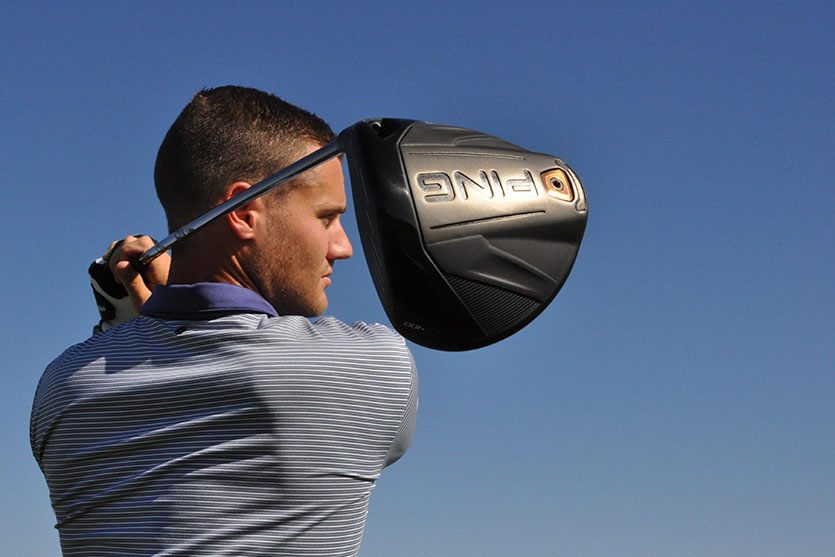Why You Should Get Fitted for a Driver
Launch your tee shots even farther down the fairway by learning how a custom driver fitting can benefit your game.
As golf drivers continue to evolve, so does the possibility of hitting the ball faster and farther off the tee. But to add more ball speed and distance to your drives, you’ll need a club customized to match your swing.
A proper driver fitting should lead to a noticeable change in the playability, feel and overall performance of the club. And, to dispel one common misconception, a golf club fitting isn’t just for advanced players. It’s often the golfer who thinks they don’t need to get fitted – or isn’t good enough to get fitted – who can benefit the most.
“With today’s technology, it’s never been more important for you to get fit for your driver,” golf professional Matt Trimbur says. “I urge you to get fit for a driver so you can optimize your launch conditions and maximize your driving distance.”
WHAT GETS MEASURED IN A GOLF FITTING?
A proper fitting involves customizing all major aspects of the club, including:
- Loft: Loft refers to the angle of the clubface as it’s positioned on the shaft. The more loft, the higher ball trajectory. By having the correct loft, you can maximize your launch angle.
- Shaft: Finding the correct shaft type can help improve your accuracy, trajectory and distance. Golf shafts are available in five flex ratings: extra stiff, stiff, regular, senior and ladies. You’ll want to find a shaft that matches your swing speed and tempo. If not, it can be harder to control the club and make solid contact on a regular basis.
- Length: A custom fitting is important when determining the correct length of your driver shaft. Having the proper shaft length can help you achieve consistent contact and lead to more distance off your drives.
- Face angle: To get the best directional control and weight to optimize the balance of your driver, you’ll need to have the correct face angle. Face angle refers to the direction the clubface is pointed upon impact. It influences the initial direction a golf ball will travel. Altering the face angle of a club can help players correct swinging flaws, such as slices or hooks.
- Grip: The size of the grip affects your control of the club and ability to maintain consistent pressure. “Your grip choice can come down to personal preference, but you’ll need to know which type works best with your hand size and preferred feel,” Trimbur says. It’s also important to consider the weather you’ll be playing in. For example, playing in hot, humid conditions will likely cause you to sweat more. As more sweat enters a grip’s pores, it begins to clog up and become unplayable.
If you’re interested in a custom club fitting, contact or visit the Golf Service PROS at your local DICK’S Sporting Goods to schedule an appointment. Their certified fitters can customize your driver to help you reach your full potential off the tee and start finding the fairway more often.
Once you have the right driver in your bag, check out these Pro Tips on simulating a round on the driving range.








